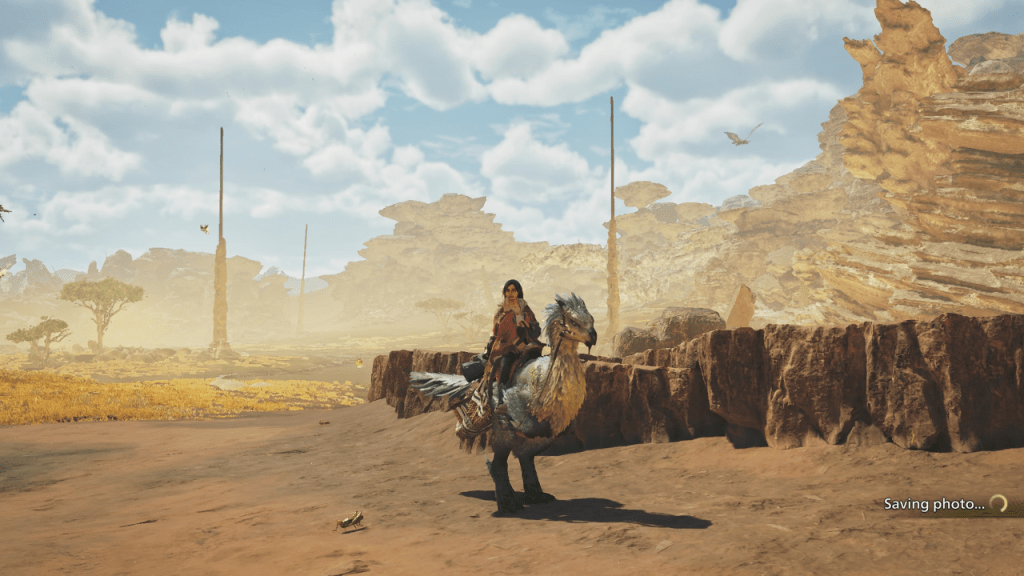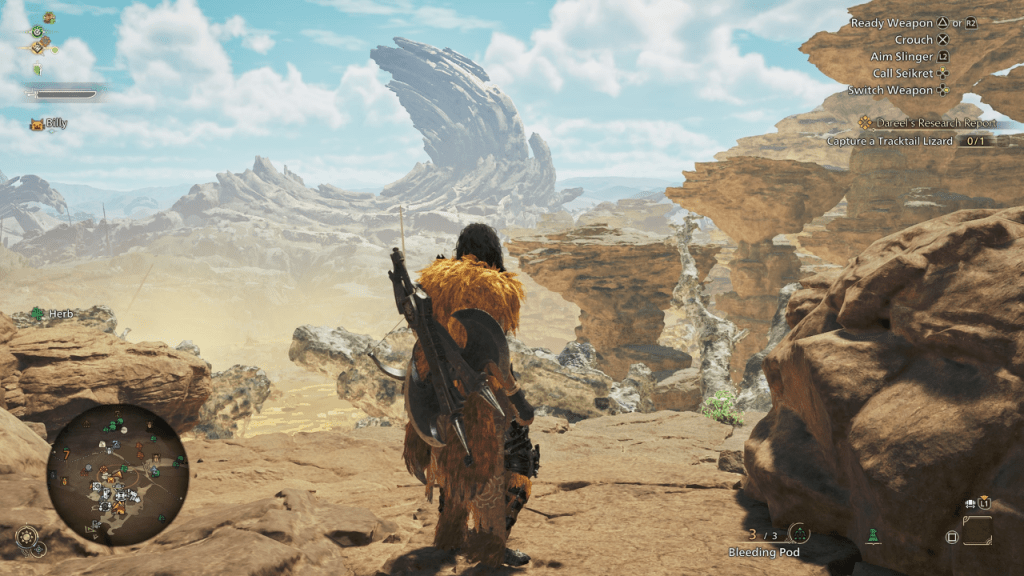In *Monster Hunter Wilds*, the dynamic interplay of seasons and weather in the Forbidden Lands significantly enhances the gameplay experience, beyond merely altering the game's visuals. Here's a comprehensive guide on how these elements impact your adventures in *Monster Hunter Wilds*.
Monster Hunter Wilds Seasons, Explained

*Monster Hunter Wilds* features two distinct seasonal phases that govern the weather in the Forbidden Lands: Fallow and Plenty. The game kicks off during the Fallow season, characterized by a harsh environment with severe weather conditions and a scarcity of resources. This scarcity breeds desperation, making monsters more aggressive and more likely to engage in territorial battles with one another. Navigating through Fallow requires careful resource management and strategic planning.
In contrast, the Season of Plenty brings a warmer, more inviting atmosphere with an abundance of flora and vibrant environmental changes. During this season, smaller monsters are less hostile and less likely to form packs, easing the tension compared to Fallow. The abundance of Endemic Life and various plants during Plenty makes it a favorable time for gathering essential materials, much to the delight of both the villagers and *Monster Hunter Wilds* players.
Between these seasons, players may experience brief, intense weather phenomena known as Inclemency. These events heighten the intensity of the weather and often set the stage for epic confrontations with Apex Predators. For instance, during the Pinnacle of the Pack Assignment, hunters face the Alpha Doshaguma amidst the Sandtide, a dramatic lightning-filled sandstorm. These unique weather events add an extra layer of challenge and excitement to battles against Apex Predators throughout *Monster Hunter Wilds*.
How To Check the Seasons and Weather in Monster Hunter Wilds

Keeping track of the current season and weather is crucial for planning your hunts effectively. The game's HUD displays icons in the bottom left corner, indicating the time of day and the current season. For a more detailed view, you can access the map and press the prompted button to view the Environment Overview, which provides comprehensive information on the prevailing weather and seasonal conditions.
Additionally, Optional Quests in *Monster Hunter Wilds* are set in specific times of day and seasons, temporarily transporting you to these conditions regardless of the current season in the main game world.
How To Change the Season and Weather in Monster Hunter Wilds
Given the significant impact of seasons on the flora and fauna of the Forbidden Lands, you might find it advantageous to switch between Fallow and Plenty depending on your hunting objectives. Fortunately, *Monster Hunter Wilds* allows you to manipulate the seasons and weather.
To change the season and weather, you'll need to set up your tent and rest. Navigate to the BBQ Menu within your tent, then select the Rest option. Here, you can adjust the Environment and Time settings for when your Hunter wakes up, effectively choosing the season and weather conditions you wish to encounter.
However, resting comes with a cost of 300 Guild Points and is only available to Hunters of High Rank. It's also important to note that you cannot rest during an active quest, so plan your rest periods strategically.
Understanding and utilizing the seasons and weather in *Monster Hunter Wilds* can greatly enhance your gameplay experience, allowing you to adapt to the ever-changing conditions of the Forbidden Lands.
*Monster Hunter Wilds* is now available on PlayStation, Xbox, and PC.















